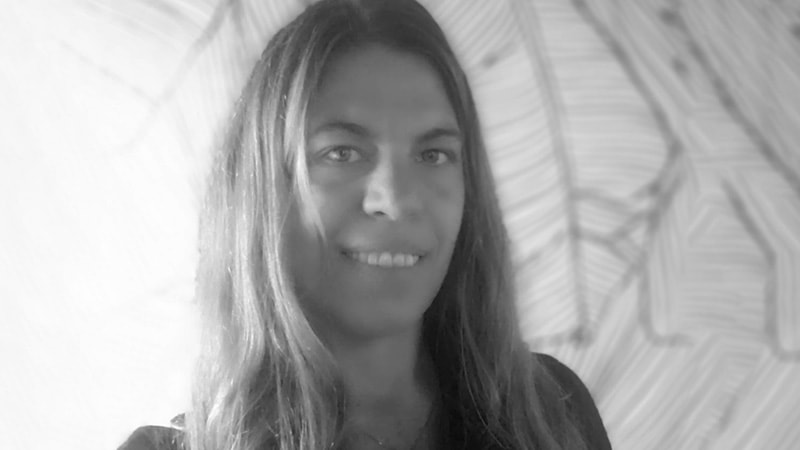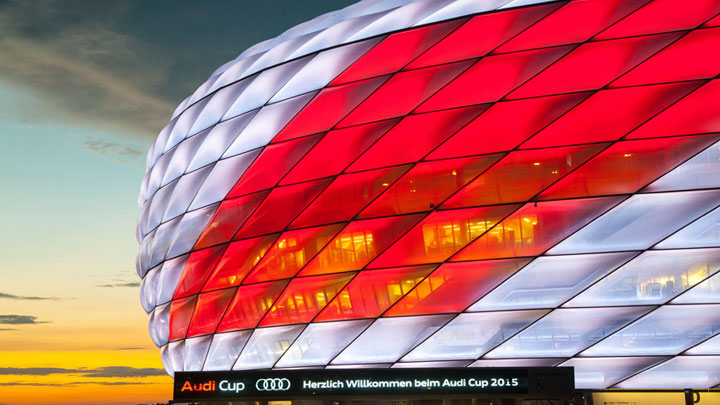Let’s start from the user and work backwards. Lighting should be for visibility and emotion.”
Interviewed by Nick Bleeker and Chere Griffin

Why is sustainability and regeneration important to you?
It’s always been important to me, it’s at my core. Daylighting and electric lighting are intertwined; one cannot be designed without the other. And now, so much knowledge is coming out about circadian rhythm and the effects of light on our hormones, and our well-being. We’ve known about that for a long time, now it’s narrowing down to exact nanometers, and wouldn’t you know, those same nanometers also contribute to sky glow. Sustainability is also about our environment; light’s ecological impact is huge. We know that along with sky glow, blue lighting affects animals and insects and plants, so we need to learn from nature and apply it to the way we design.
What do architects, engineers and others need to know about lighting design?
Let’s start from the user and work backwards. Lighting should be for visibility and emotion and acceptance, not just numbers. Let’s look at important user attributes: qualities like day light equity, where everybody gets daylight, or flexibility equity to adjust your environment, whether it’s thermal or acoustic or lighting. Once that’s nailed down, give us the opportunity to light the architecture or beauty of the space, and then everything else falls into place.
Describe a particularly memorable project
Some years ago, we worked on the interior of the US Green Building Council Headquarters in downtown Washington D.C. There were a lot of constraints in the project. They couldn’t change their building or add light shelves. So the question was, how can we get daylight in there? Dean Sanders in our office came up with the idea of using the perimeter walkway, around the walls, as a light shelf, with a light carpet. It worked so well.



Sabrina Mandel
Pioneers of Light, Signify, interview, Sabrina Mandel, designer, architect

Nikhil Divekar
Pioneers of Light, Signify, interview, Nikhil Divekar, designer, architect

Tools
Philips Lighting specifier tools: up-to-the-minute support for engineers, lighting designers and architects